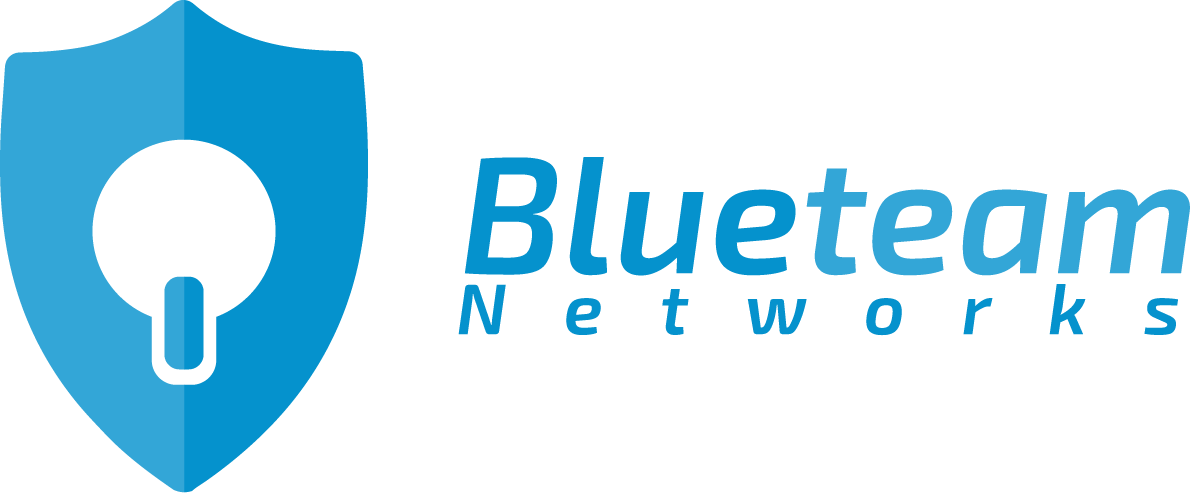5 min read
IT Policies Every Small Business Should Implement
By: Mark Goodson on Aug 31, 2022 10:45:00 AM

Whether a startup, a global enterprise, or somewhere in between, your business needs IT policies to ensure your organization operates smoothly and safely.
Research shows that companies that don't regulate the usage of corporate devices and access to data through IT policies risk falling prey to cyberattacks, data/privacy breaches, and data loss.
The good news; you can prevent this by creating and implementing IT security best practices. This article will walk you through the Information Technology security policies you should consider putting in place.
What is an IT Policy?
IT policies define the rules and procedures for all individuals accessing and using an organization's IT resources and data. These policies aim to streamline operations, address security threats, privacy issues, data breaches, as well as, explain how to recover from a network intrusion.
Robust IT policies will outline how your employees can use IT resources, what they're allowed to do, and what consequences may follow if they don't comply.
What IT Policies Should You Implement?
In this section, we'll briefly explain the critical yet often overlooked IT policies that every business, regardless of size, should implement.
-
Password Security Policies
Strong passwords are a must if you want to thwart cybersecurity threats and protect your data from bad actors.
Your organization's password policy should reinforce the importance of creating strong passwords and discourage reusing passwords.
This policy should provide guidelines for creating, changing, and safeguarding passwords used to access an organization's network and other IT resources. It should also include rules for changing passwords and the risks of using weak passwords.
-
Security Awareness and Training
Your employees are the engine that drives company growth.
As such, you must equip them with the knowledge and resources they need to steer your company forward. Start by training them about security best practices to carry out their duties while safeguarding company data and assets.
Make sure to administer security awareness training to all employees and make it mandatory that they keep up with it. The training sessions should be short and include information on how to keep workstations safe, their responsibility for computer security, education on phishing, and what they should do in the event of a data breach or suspected data breach.
-
Access Control Policy
According to the 2021 Verizon's Data Breach Investigations Report, insider threats are responsible for at least 22% of security incidents.
Organizations can implement access control policies and ensure compliance to mitigate threats that originate from insider sources. Access control policies regulate who can view data or use resources in an organization.
For heightened security, organizations should adopt the least privilege policy. This policy ensures employees are only given the privileges (or access) they need to perform their duties. No employee should have access to sensitive data they're not cleared for or have no need to use in order to perform their job.
-
Change Management Policy
Organizations make changes from time to time, especially when replacing or upgrading IT systems. The change management policy aims to ensure that these changes are tracked, approved, and managed.
A robust change management policy should define:
- Categories of change and how they should be managed
- Service components and systems that are under the control of change management
- Criteria to determine changes that have the potential to disrupt operations or negatively impact customer service
Without a change management policy, unplanned and uncontrolled system changes could disrupt operations and create security vulnerabilities.
-
Remote Access Policy
As more companies adopt fully remote and hybrid working models, remote data security has become more important than ever.
Remote access policies are designed to minimize potential exposure to dangers when employees access company resources outside of the office environment. There are many ways to secure company data, even when working from home.
For instance, organizations should encourage the use of VPNs when accessing company resources from home. Ideally, a remote access policy will define:
- What systems must be set up to allow for secure remote access
- Security protocols for working remotely, especially when handling sensitive business or customer data
- What devices are allowed and not allowed
- What methods of remote work are acceptable and not acceptable
- How to secure hardware when working remotely
Organizations should have their IT people set up and secure a remote network and ensure all remote work protocols are followed.
-
Wi-Fi Use Policy
The use of public Wi-Fi when employees are working remotely can open your company to attacks.
Unfortunately, according to Spiceworks research, 61% of remote workers connect to public Wi-Fi from company devices. Note that any information received or shared over an open wireless network is susceptible to data leak with little to no effort.
To mitigate such vulnerabilities, organizations can implement policies that restrict the use of public Wi-Fi from company devices. If employees must use public Wi-Fi, they should ensure they are connected through a VPN. If you need help setting up a VPN for your network, reach out to Blueteam Networks or your IT provider.
-
Incident Response Policy
Every organization should have an incident response policy in place.
This policy covers what employees should do if there is a security incident. It explains the process of reporting and handling incidents to reduce damage to business operations and customers and minimize recovery costs and time.
-
Backup Disaster and Recovery
Data loss can occur for many reasons, including cyberattacks, fire, extreme weather, and human error. Businesses need to be sure they can recover their data in a timely manner in order to minimize disruptions to operations. A Backup and Disaster Recovery policy ensures that data is continuously backed up and can be restored on a granular level at any time from anywhere. Critical applications and configurations can also be protected this way.
To Sum It Up
IT policies refer to a set of guidelines that dictate how your employees can use your IT resources. These policies aim to streamline operations, address security threats, and define the procedures to follow in the event of an incident. Some critical IT policies every business should implement relate to password management, access control, change management, Wi-Fi usage, and disaster recovery. If you need assistance implementing IT policies for your business, feel free to reach out! We're here to help!
Recent Posts
Technology That Is No Longer Secure for Businesses to Use
Technological advancements have been happening at the speed of light, meaning it doesn't take long...
12 Ways to Optimize Security for Office 365
If you own a business or run an IT department, you and your staff are probably using Microsoft...
Printers - A Cyber Vulnerability Your Business Probably Overlooked
One of the most critical things in business organizations is the need to protect private data from...

